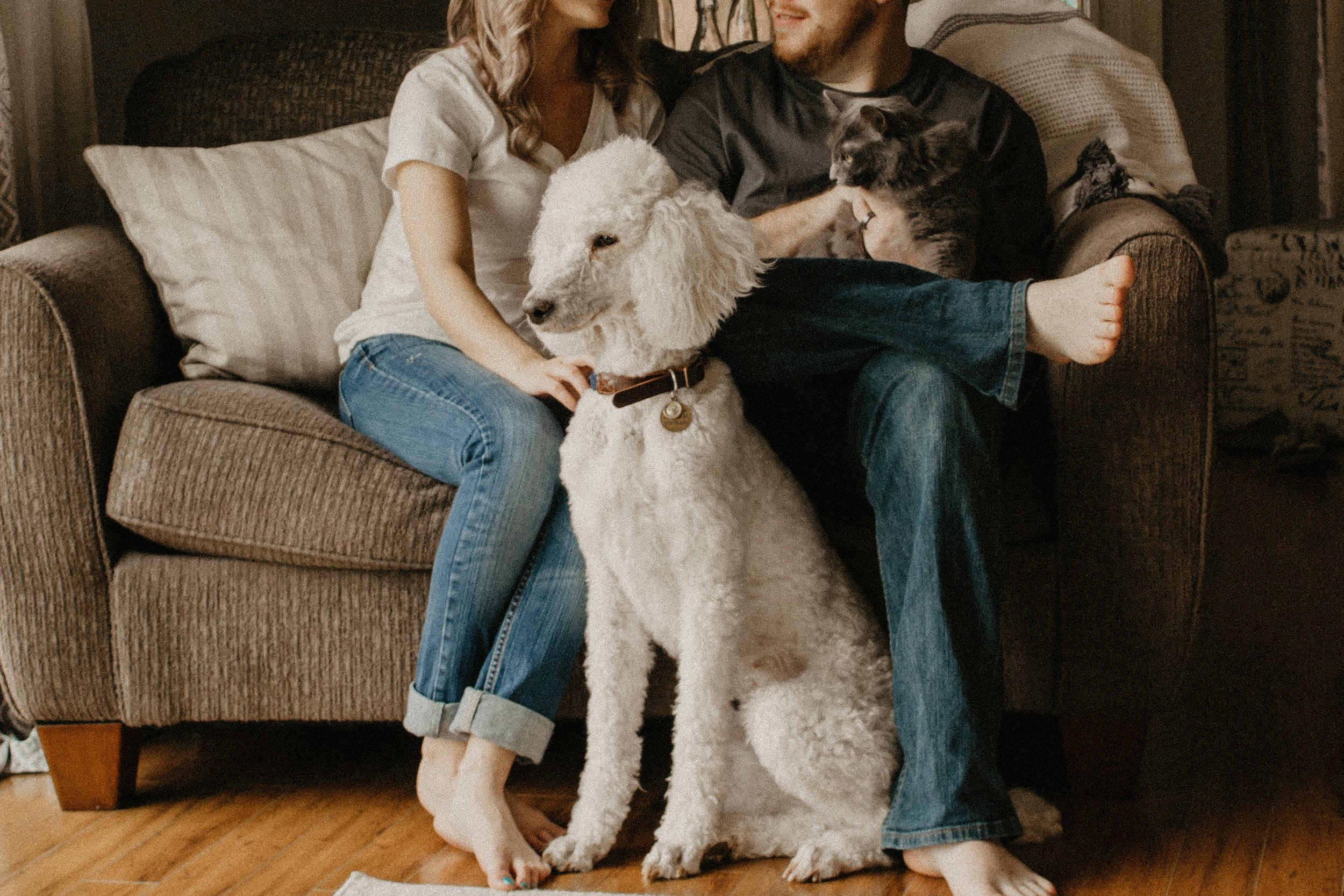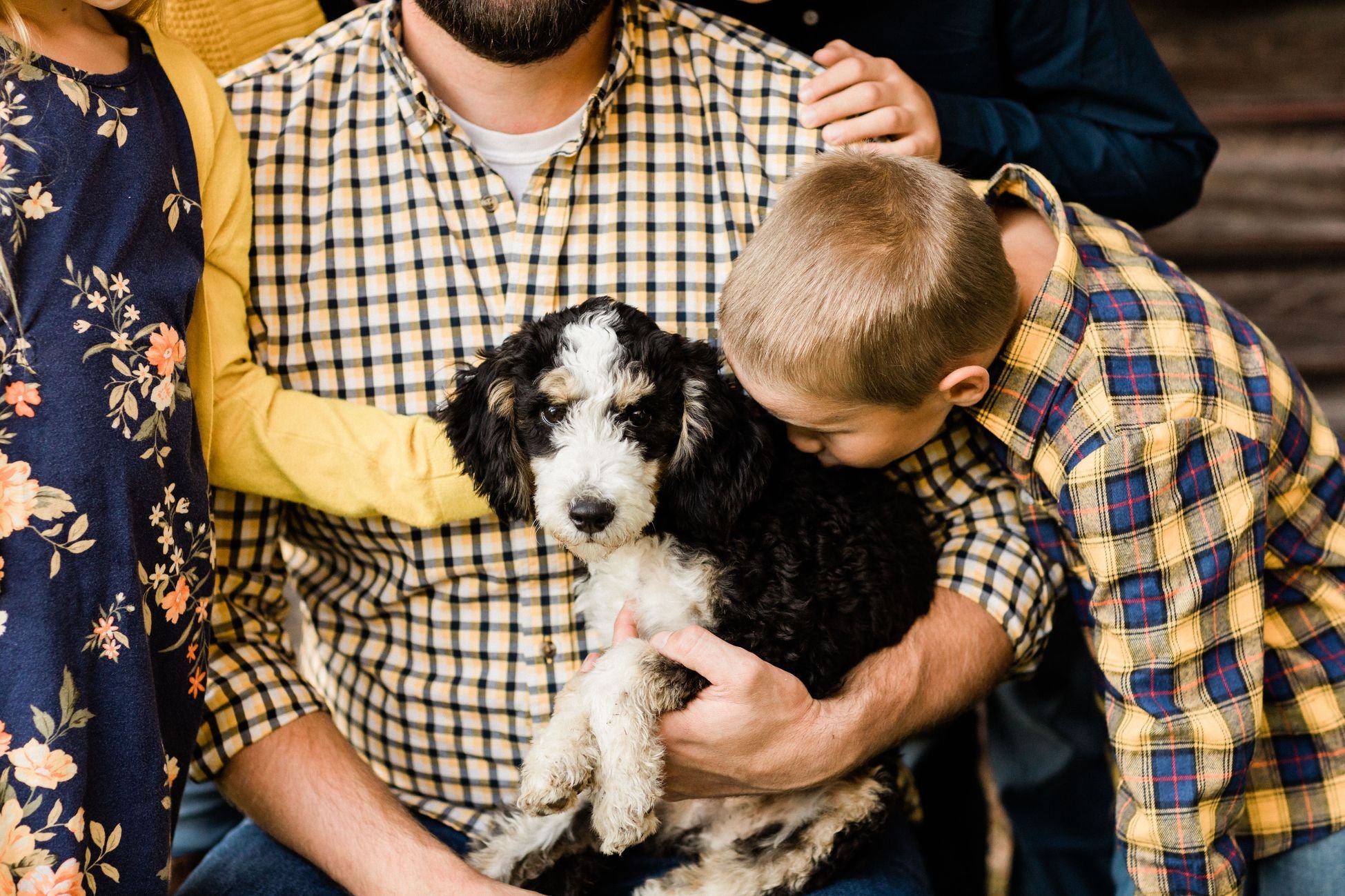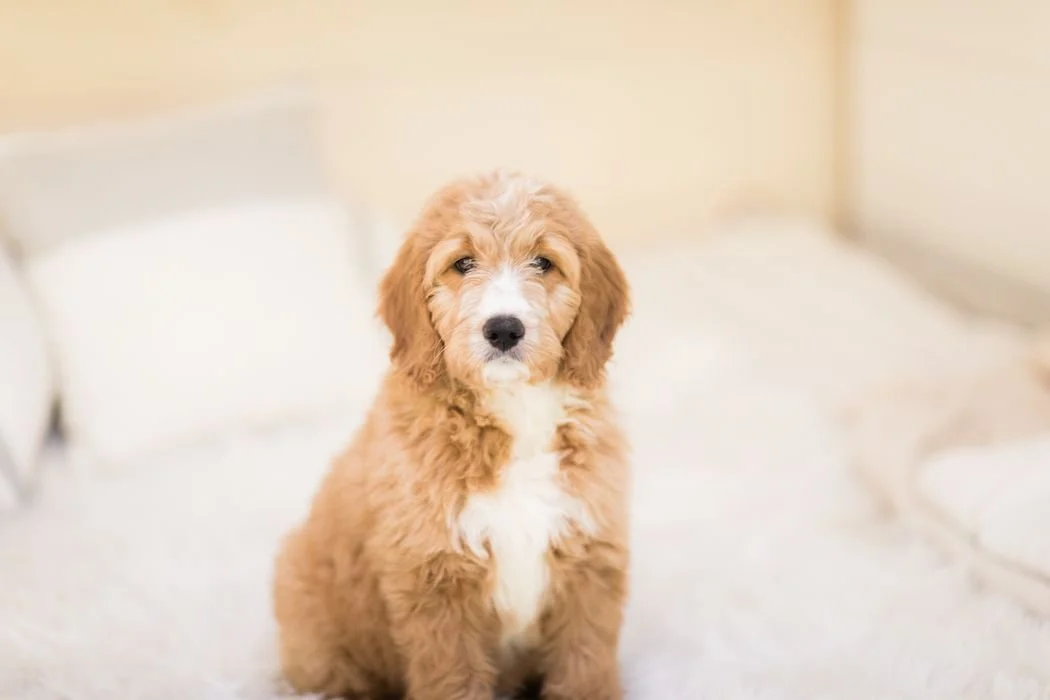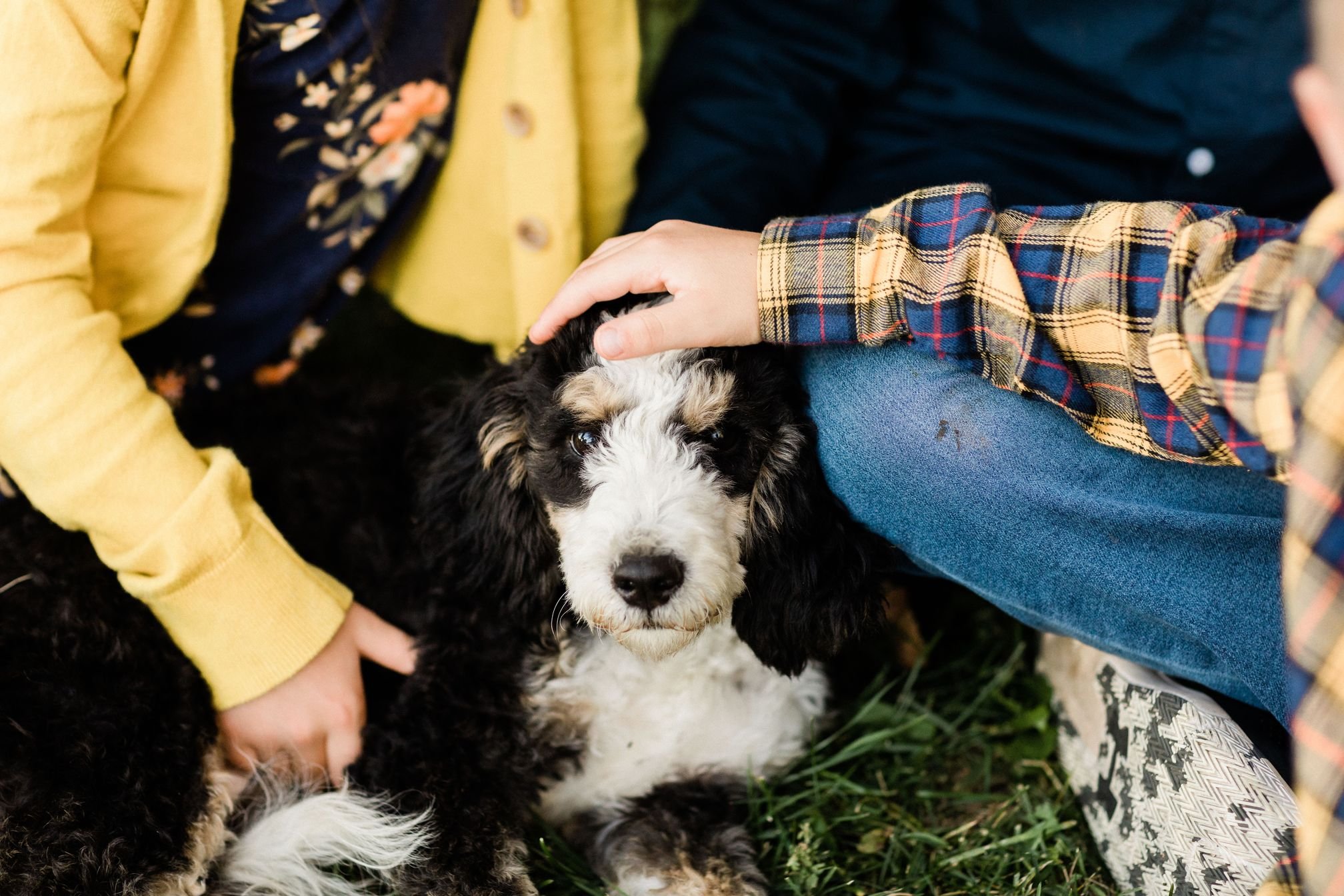Do dogs get along with other domestic animals?
You could be toying with the idea of adding another domestic animal to your family, but you might be having second thoughts since you're not sure if your current dog will get along with your potential new pet or if the new pet will get along with your current dog. In this article, you will get to know if do get along with other domestic animals.
How do dogs get along with the other animals in the house?
Dogs with a wide variety of other animals, including cats, birds, chickens, horses, rabbits, and hamsters, are able to coexist together. The most important thing is to have a good grasp of your dog's temperament as well as his prospective prey drive.
Because he was the first pet in your family, the character traits that he possesses should serve as the basis for selecting a second animal companion. Your cat or rabbit might not appreciate your herding dog's persistent efforts to get them to the location where he believes they should be if he is a herding breed.
Small hairy or feathered critters such as birds and gerbils may be too enticing for your dog to refuse if he is naturally inclined to hunt after and catch rodents, as is the case with a Jack Russell terrier, for example. That is not to imply that a herding dog cannot ever live with a tiny pet or that a retriever will always be delighted to share your affections; each dog has a unique personality that determines whether or not he will coexist with other animals and who he will coexist with.
Pet-Friendly Pups
Your current dog and how he gets along with your potential new roommate will play a significant role in determining what kind of pet you have in the future. There are no absolutes because every dog has his or her unique personality, however, there are certain dog breeds that have a tendency to be more adaptable to the cohabitation of different species, such as:
Golden retriever or Goldendoodle
Cavapoo or Cavalier King Charles Spaniel
Bernedoodle
Havanese
Potential Partners
If you ended up with a dog when your ideal pet was a guinea pig, you shouldn't lose hope since it's likely possible for the three of you (you, your dog, and your guinea pig) to coexist together. You have a broad variety of choices at your disposal when it comes to picking out a second pet, including the following:
Different canines
Birds
Rabbits
Hamsters
Ferrets
Guinea pigs
Animals raised on farms, including chickens, sheep, and horses
In spite of the common expression "fighting like cats and dogs," it is possible for cats and dogs to coexist together, and this is often the case. Although this does not mean that all cats and dogs can live together without conflict, many do so without incident for the entirety of their lives. Dogs also get along with other animals even if they are not domestic animals like horses.
The Importance of Making Appropriate Plans
Never make a hasty choice when it comes to adding a second animal companion to an existing canine. It is necessary to carefully arrange for it and take into consideration the requirements of both animals. Before introducing a new pet into your house, as is the case with all pets, you should check with your landlord to see whether kinds of animals are permitted under the terms of your rental agreement or lease.
In addition, you should question yourself what kind of environment the animal will be expected to cohabit in with your dog, such as whether or not it will be caged or whether it will be allowed to run free. Will they have sufficient living space to inhabit? This is an equally crucial question. One of the aspects that are commonly disregarded is available space. You and your pets should always have their own distinct living area in which to play, sleep, and eat in order to prevent stressful and hostile situations amongst different animals. This will help reduce the likelihood of both.
Leaving the topic of space for a moment, how does your dog act with other animals in terms of food and toys when they are close by? If the very thought of answering this question makes you want to shudder, you should probably give some serious thought to enrolling your dog in an obedience and behavior training class before bringing a new person into your happy household. Simply get in touch with us immediately for information on our ongoing classes.
What are the minimum ages and levels of exercise required for your dog as well as any additional animals that you are thinking about getting? Remember that senior dogs, just like people our age, have a tendency to slow down and become a bit less tolerant as they become older. The same is true for several other types of animals.
First Impressions Are the Most Important
The process of introductions ought to be carried out gently, with patience, in an impartial setting, and under surveillance. It's possible that your dog will keep his calm through it all. However, the majority of the time he will be eager and intrigued, which will likely result in his sniffing and nuzzling, wagging his tail and drooling, and sometimes even pawing. This causes the other animal to feel threatened and anxious as a result. Even if there are no hiccups during this introduction, you should continue to use extreme caution with regard to oversight for a considerable amount of time.
It is essential to keep in mind that the purpose of this piece is only to serve as a basic informative guide. Although there are some dogs who wouldn't kill a flea if it were basted with gravy and squeaked when you squeezed it, it is important to exercise caution and watch over your pet at all times.
Author: Jackie Brown
Pet expert Jackie Brown has spent 20 years following her passion for animals as a writer and editor in the pet publishing industry. She is contributing writer for National Geographic’s Complete Guide to Pet Health, Behavior, and Happiness: The Veterinarian's Approach to At-Home Animal Care (April 2019) and author of the book It’s Raining Cats and Dogs: Making Sense of Animal Phrases (Lumina Press, 2006). Jackie is a regular contributor to pet and veterinary industry media and is the former editor of numerous pet magazines, including Dog World, Natural Dog, Puppies 101, Kittens 101 and the Popular Cats Series. Prior to starting her career in publishing, Jackie spent eight years working in veterinary hospitals where she assisted veterinarians as they treated dogs, cats, rabbits, pocket pets, reptiles, birds and one memorable lion cub. She lives in Southern California with her husband, two sons and miniature poodle Jäger. Reach her at jackiebrownwriter.wordpress.com.




